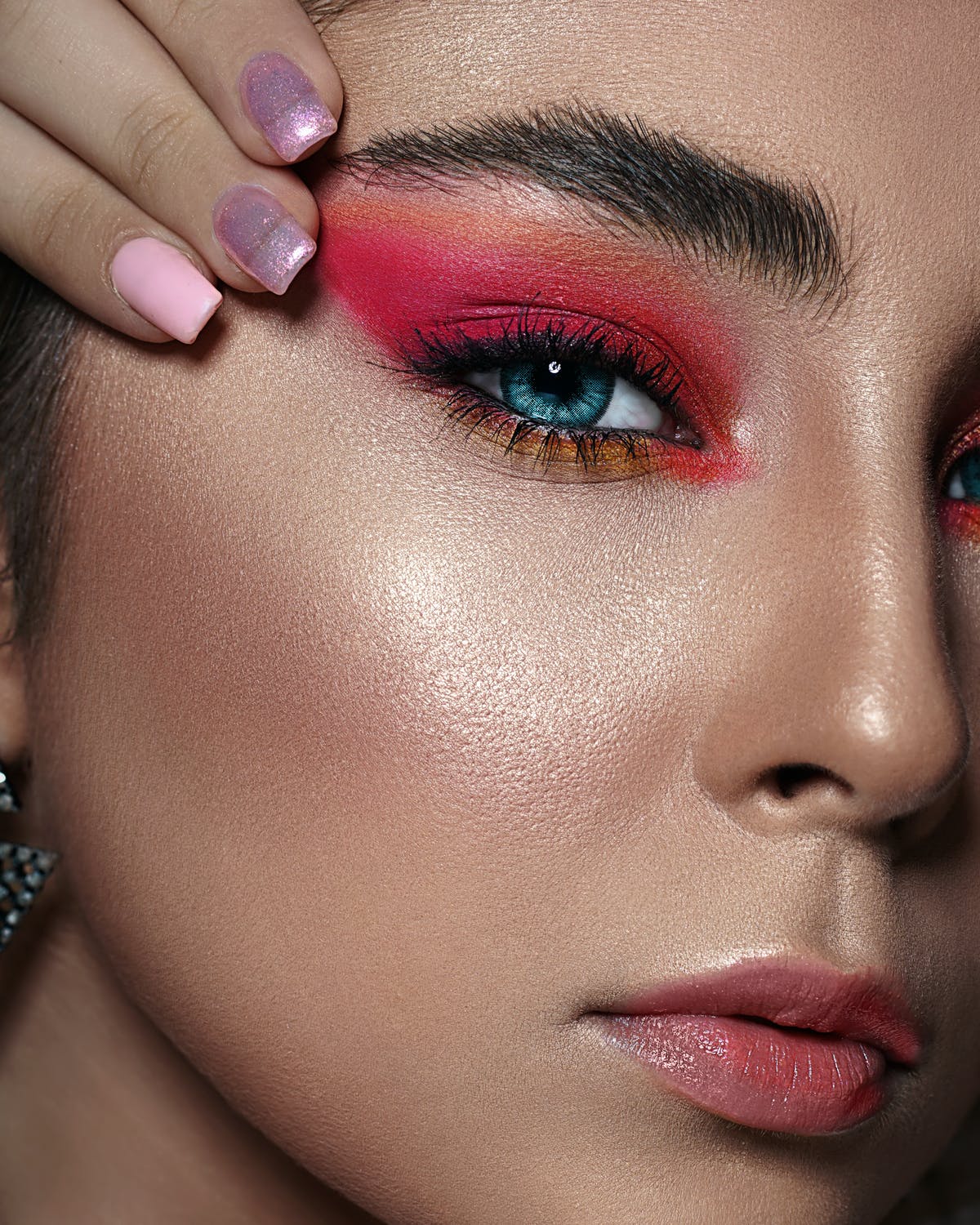
(Image source: Pexels)
In his 1977 seminal work Image, Music, Text, Roland Barthes stated that “the image supplements the text”. He wrote that the influence of the written word had been rivaled and overcome by the power of the image. He argued that visual language was more effective than the written word.
Fast forward fifty years later and his message still rings true today.
It’s common knowledge that the ability to capture and maintain a person’s attention span is currently the greatest currency of them all. The proven and best way to capture the attention of a society that has minimal attention span is by using visual images.
If the image has overcome the text, it is logical to conclude that the need for people who are able to produce images will dramatically increase. This explains the popularity of the ever-expanding field of photography.
Every year, new ways to make money by utilizing one’s passion are evident. This specifically applies to those engaged in photography. Whether you’re a DSLR snapper, film photographer, or an amateur smartphone shooter, photography offers you plenty of opportunities.
Universities have been quick to adapt to this change. Just look at the number of top universities offering photography courses and classes. The medium of photography is now seen as one of the most pioneering, forward-thinking and culturally relevant skills one could have.
Photography and its related industry have spurred the creativity of young graduates, hobbyists, and enthusiasts. As a result, the industry has produced a number of jobs that numerous would-be creatives will be eager to apply for.
Almost every industry, whether it is real estate or marketing; fashion, and television; as well as everything in between; all employ and rely on photographers. There’s never been a better time to think about taking up photography. Studying the medium could lead you to your next big career change.
With plenty of options available on the job market, one only needs to browse the internet to discover the high demand for photographers in almost every corner of the world. The intense need for these creative professionals is mainly due to the evident staying power of the image. Highly likely, the industry will remain in need of photographers for a long time to come. Now is therefore the best time to start progressing your career by moving into a field you’re passionate about.
In order to get a career in photography, you need to be at the top of your game.
Are you able to operate both digital and manual cameras?
Knowledge of film is always helpful but equipment knowledge is even more so. Post-shoot editing knowledge is critical in specific photography roles.
If you’re up to date with the latest camera technology, lenses, and editing software, you should have no problem finding challenging and rewarding work.
So where should you begin?
Know your interests
Do you want to start a photography career that allows you to do camera shoots every single day? Perhaps you’re someone who loves sports photography and wants a career in that field. Knowing where your interests lie will help you decide which creative road to go.
Create a portfolio
Before you start applying for photography jobs, you need to have an extensive working knowledge of cameras. You also need to have experience in taking photographs. In this modern era, a photographer will need a website, portfolio, or a direct and effective way to attract clients.
Companies such as CargoCollective makes modern, sleek websites with easy-to-operate and modifiable templates. Once you feel you have sufficient knowledge and experience, simply set up your website and create your portfolio. Key areas that readily hire photographers fall into a wide range of sub-categories. These include the following:
- People
- Places
- Products
- Events
- Commercial
Know where you want to go and for how long
Below is a detailed list of possible career fields available to photographers. This list shows the range of popular and in-demand photography jobs. Do note that the industry is ever-evolving. Be sure to keep your eye out for any industry changes, development, and growth.
On top of this, you’ll also need to consider if you want to engage in full-time contractual work, or if freelancing is perhaps a better option. The latter is ideal if you want to manage your own time while doing personal projects. Thanks to the slew of platforms currently emerging, it is easy to find freelance work by marketing yourself.
Choose the industry you want to work in
Below are specific areas of employment which photography graduates, professionals, and experienced shooters can delve in. Choose the industry you are comfortable with or you would like to sink your teeth in. Base your decision on the skill set you have, your interest, as well as your desire to create something new. It helps too if your decision is based on your intent to better your talent, as well as help improve your selected industry.
Architecture and Real Estate

(Source: Pexels)
Photographers in the field of architecture or real estate could opt to engage in either freelance or full-time work. These types of roles see photography professionals working in local governments or councils to visually document buildings, or do visual archival work.
Meanwhile, real-estate photography requires one to document the interiors of buildings, or do commercial shoots for magazines. It is considered as one of the in-demand gigs in the industry.
Real-estate companies require speedy and quality professional work. Photographers would therefore need a car, a good digital camera such as a DSLR, and post-shoot editing skills.
Though some believe this is not the most exciting industry, it is rapidly growing. It is also a very consistent way to earn cash.
Advertising

(Source: Pexels)
The advertising industry is heavily reliant on photography. It uses images to seduce the attention of consumers. This area of photography has seen exponential growth in the past few years, and it hasn’t stopped since.
Both freelance and full-time advertising photography jobs are available at your choosing. At times, some jobs require that you have an understanding of graphic design, web management, as well as other digital art-based tasks. This is a lucrative area that similarly shows no sign of stopping. There will be a number of available work in this area for many years to come.
Documentary

(Source: Pexels)
Compared to the previous industries mentioned, documentary photography is a tad more obscure albeit interesting facet of photography. Numerous schools now offer Masters Programs in this niche field. Plus, work can be incredibly rewarding as it covers a plethora of styles, subjects, and roles. It’s not the most accessible field to enter into but it is fun and highly rewarding.
Fashion and Art

(Source: Pexels)
Most fashion and art photography are studio-based. Fashion photography is even offered as a course at a number of universities at the BA and MA levels.
This area is ideal for people who have a passion for the industry. Available professional roles range from creating portraits and editorials, to more obscure art-based practices. Though art-based photography is one of the least consistent earners, it does provide a high level of job satisfaction.
Numerous fashion and art photographers have their work displayed in the world’s largest museums around the globe. Who knows, your work could be in there too!
Event

(Source: Pexels)
Event photography can be done either as a freelance gig or a full-time job. Have you ever been to a wedding without a photographer? You can earn quick, easy, and good money shooting events. It is one of the perfect and convenient ways to combine your creativity, passion, and skill.
if you are unsure how to begin carving your way to an event photography job, you can start by practicing your skills in events that are readily available and accessible to you. For instance, if you really enjoy going out with your friends, you might consider being a photographer at a nightclub or gig. You can document live music performances or stand-up.
Event photography jobs promise a steady earning. Plus, the opportunities are endless.
Portrait

(Source: Pexels)
Similar to fashion photography, portrait photography is also studio-based. It is therefore a necessity to have practical knowledge in studio lighting and settings. This area also promises an easy influx of money either as a part-time gig or a full-time job.
Product and food

(Source: Pexels)
Studio-based shoots also cover product and food photography. Such shoots sometimes cross over with advertising or commercial photography.
Teaching

(Source: Pexels)
If you have incurred sufficient experience, and you are confident you have enough knowledge to share or help others do their best photography work, you can teach photography. It does not matter whether you have spent a long time freelancing, or if you’re an established artist, or a documentary photographer. If you feel and know you have valuable information to share, do share it!
Teaching is a great way to spread ideas, experiences and educate a future generation.
Conclusion
These are but a few of the opportunities available for you. It’s best to first navigate a field or style of photography that you like best, create a portfolio, and then take it from there.
Remember, photography is a creative art form that is ever-evolving. It is also a lucrative industry to forge your career in.